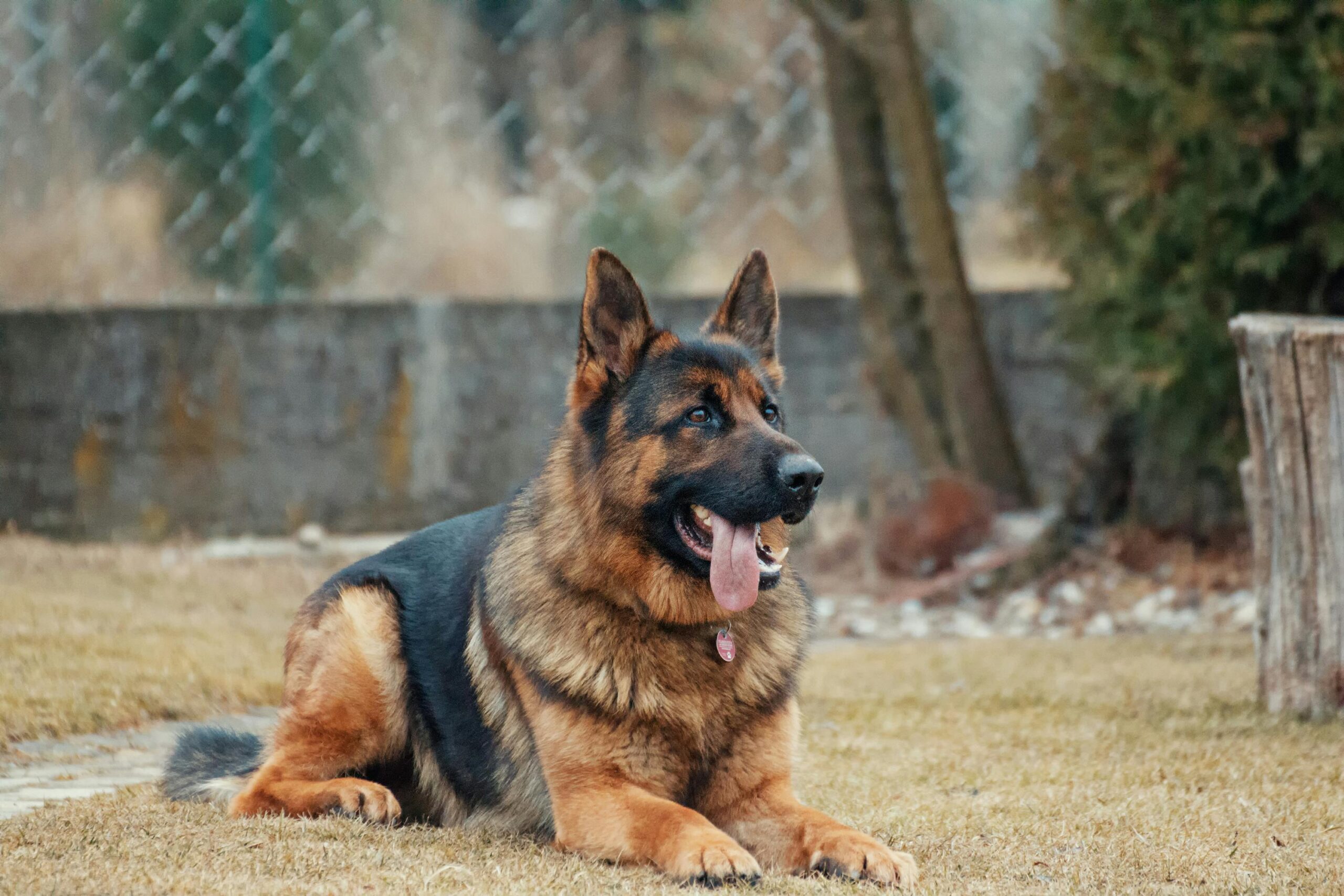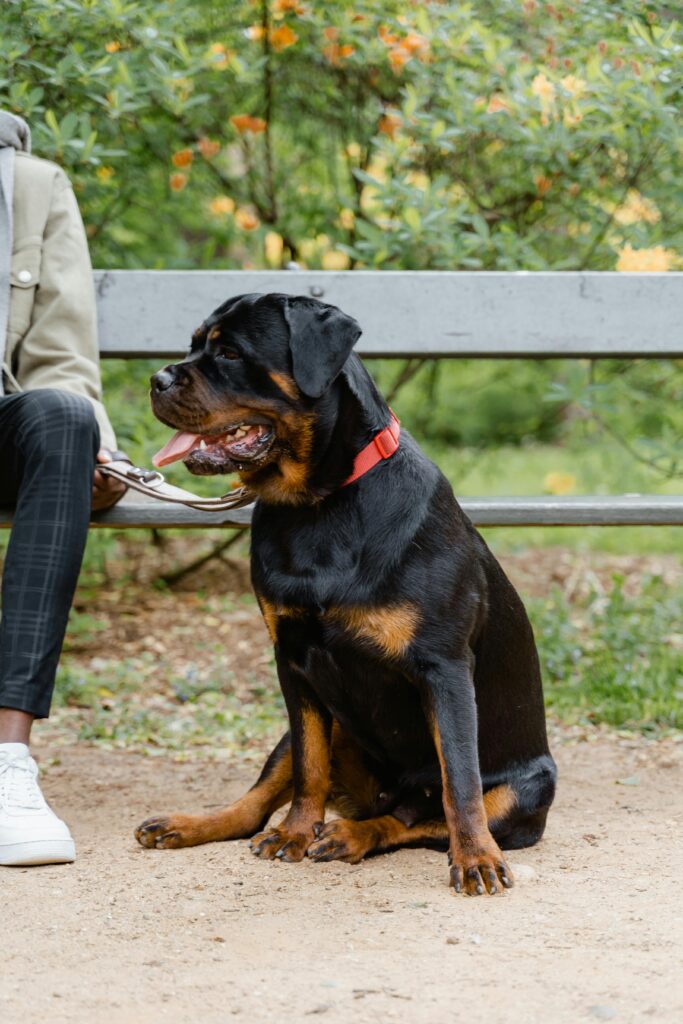Obedience training is not just a one-time event. It is a lifelong process that evolves as your dog grows, matures, and changes. From the first days of puppyhood to the golden years of senior life, training provides the structure and communication your dog needs to thrive.
As a professional dog trainer in Toledo, I often hear, “My dog already knows sit, do I really need more training?” The answer is yes. Every stage of life brings new challenges, and consistent training ensures your dog adapts successfully. Whether you’re raising a curious puppy, managing a rebellious adolescent, or guiding a mellow senior, obedience training helps your dog stay balanced and well-mannered.
This guide walks you through the key training needs for each stage of your dog’s life, plus practical strategies to keep obedience strong from start to finish.
Puppy Training: Building the Foundation
Puppyhood is the most critical window for shaping behavior. Between 8 to 16 weeks, puppies are most receptive to new experiences and can begin learning basic commands.
Key obedience goals for puppies:
- Housebreaking: Establish routines for potty breaks and crate training.
- Socialization: Expose them to people, sounds, surfaces, and safe dogs.
- Basic Commands: Sit, down, come, and leash introduction.
- Name Recognition: Teach your puppy to focus when called.
- Handling Tolerance: Practice gentle touching of paws, ears, and mouth.
Pro tip: Keep sessions short and positive. Puppies have short attention spans but learn quickly with consistency and rewards.
For more on easing stress during these early stages, check out our guide on how to help your dog enjoy vet visits and grooming. This is a perfect example of training that doubles as confidence building.
Adolescent Dogs: Reinforcing Structure
Between 6 months and 2 years, dogs enter their “teenage” phase. This is when owners often see selective listening, testing of boundaries, and high energy levels.
Obedience priorities for adolescents:
- Strengthen recall with distractions.
- Reinforce leash manners during walks.
- Practice impulse control through commands like “leave it” and “wait.”
- Prevent unwanted habits such as jumping or excessive barking.
- Introduce advanced commands such as heel or place.
This stage is when many owners get frustrated and give up, but it is also the stage when training pays off most. Dogs need clear leadership and consistency to learn that obedience applies everywhere, not just at home.
Our Basic & Advanced Obedience programs are especially popular for adolescent dogs because they combine foundational skills with more advanced problem-solving.
Adult Dogs: Consistency and Real-World Training
By the time your dog reaches adulthood, they should know the basic commands. But knowing and consistently following them in real-world environments are two different things.
Obedience priorities for adult dogs:
- Generalize obedience to new places like parks, cafes, and busy sidewalks.
- Maintain calmness around distractions like kids, strollers, and other dogs.
- Reinforce long-duration commands such as extended sit, down, or place.
- Focus on off-leash reliability with strong recall.
- Continue mental stimulation to prevent boredom.
For dogs who struggle in public settings, reinforcing training through fun and games can be a huge help. See our breakdown of game-based learning vs. gamification to learn how to use play as a teaching tool.
Senior Dogs: Gentle Reinforcement
Senior dogs may be calmer, but they still benefit from regular training. In fact, mental engagement through obedience practice can help keep older dogs sharp and reduce stress from age-related changes.
Obedience priorities for senior dogs:
- Maintain simple commands like sit, stay, and recall.
- Use training for mental stimulation and bonding.
- Modify exercises to account for arthritis or slower movement.
- Keep commands consistent to avoid confusion.
- Practice low-impact enrichment like nose work games.
Remember, just because your dog slows down physically does not mean they stop learning. Short, gentle sessions are often enough to keep them happy and engaged.
Core Commands Every Dog Should Know
At every stage of life, there are seven basic obedience commands that form the backbone of training.
- Sit
- Down
- Stay
- Come
- Heel
- Place
- Leave it
These commands create safety, structure, and confidence. Our detailed guide on the 7 basic commands explains why each one matters and how to teach them effectively.
Training in the Real World
Training at home is just the beginning. True obedience comes when your dog can follow commands with distractions in real-world settings.
How to transition training outside:
- Start in your backyard, then move to quiet parks.
- Increase distractions gradually, like kids playing or other dogs nearby.
- Practice commands in cafes, markets, and pet-friendly stores.
- Always reward focus and calm behavior.
Real-world training builds confidence and prepares your dog for the unexpected. The AKC’s guide to puppy training classes highlights how group environments accelerate socialization and listening skills.
Tools and Techniques That Support Obedience
Training is about communication. The right tools can help make that communication clearer and more effective.
Helpful tools include:
- 4–6 foot standard leash
- Crates for structure and downtime
- Long lines for recall practice
- Treat pouches for consistent rewards
- Training collars used responsibly
But remember, no tool replaces consistency and patience. The most effective training combines structure, timing, and positive reinforcement.
Common Training Mistakes to Avoid
Even the most dedicated owners can accidentally undermine training.
Avoid these pitfalls:
- Inconsistent rules (sometimes allowing jumping, sometimes not)
- Over-reliance on treats without phasing them out
- Expecting perfection too quickly
- Skipping practice once training “seems done”
- Training only at home instead of in the real world
Consistency and patience are the keys to lasting obedience.
Final Thoughts
Obedience training is not a one-and-done task. It’s an evolving process that adapts to your dog’s age, environment, and needs. By focusing on foundational skills in puppyhood, structure during adolescence, real-world generalization in adulthood, and gentle reinforcement in senior years, you create a well-rounded dog that thrives at every stage of life.
Whether you’re just starting out or fine-tuning advanced skills, our Basic & Advanced Obedience programs are designed to support you. Training is about more than commands, it’s about building communication and trust that lasts a lifetime.
If you’re ready to invest in your dog’s growth at any stage of life, contact us today to schedule your training program.


